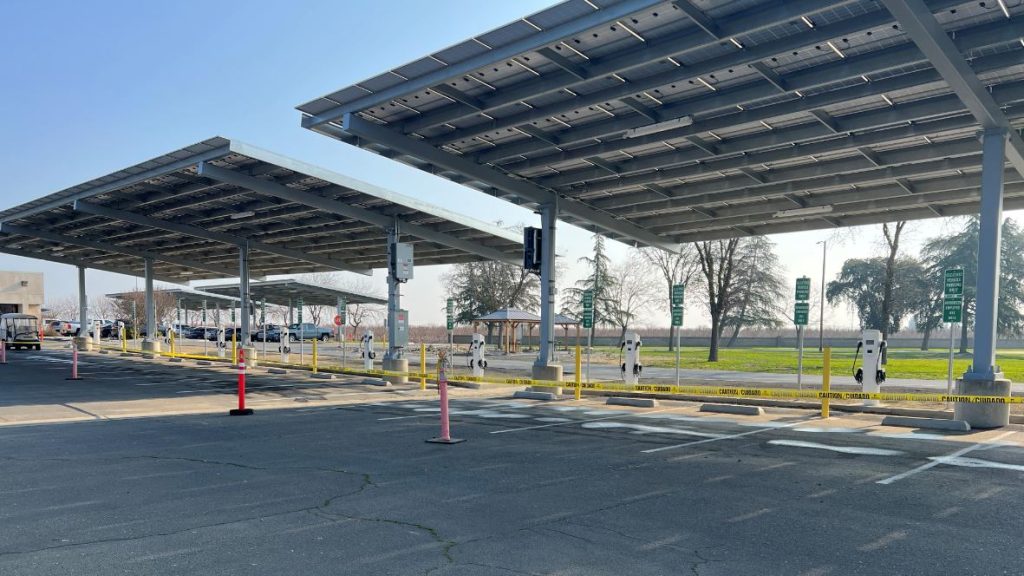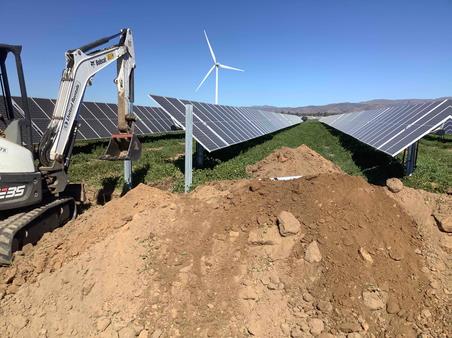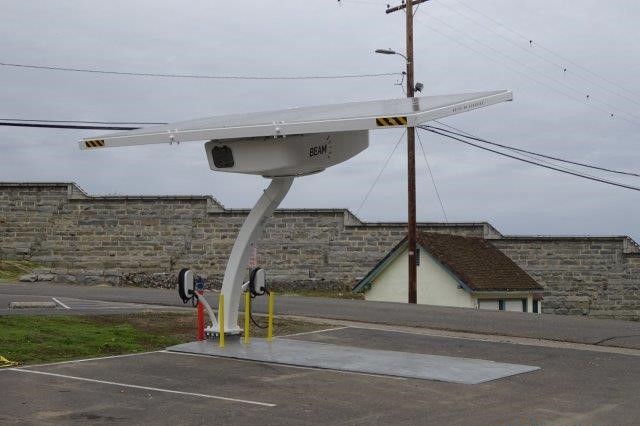Department on track to produce a quarter of energy needs from renewable sources by 2025
SACRAMENTO– As we celebrate Earth Day, set aside annually to demonstrate support for environmental protection, raise awareness, and work to protect the planet, the California Department of Corrections and Rehabilitation (CDCR) is doing its part.
“Earth Day is marked by more than a billion people around the world. CDCR is working to minimize its impact on the environment with a multi-faceted energy and sustainability program designed to reduce greenhouse gas emissions, conserve water, and reduce its overall carbon footprint,” CDCR Secretary Kathleen Allison said.
CDCR’s Sustainability Program includes water efficiency and conservation, renewable energy, energy efficiency, electric vehicle (EV) infrastructure and charging stations and green building operations. More than five years ago, CDCR assigned staff as sustainability coordinators, EV parking coordinators and water conservation managers at each correctional facility who are integral to reaching California’s energy and sustainability goals.
Over just the past nine months, conservation efforts have reduced water use at CDCR facilities by approximately nine percent. The completion of water conservation projects currently under construction at California Institution for Women, California State Prison, Solano, and Richard J. Donovan Correctional Facility will reduce CDCR’s annual water use by approximately 66 million gallons.
“These water saving efforts are even more important as California is well into its third year of drought,” Secretary Allison said.
CDCR’s Sustainability Program successes
CDCR has installed more than 100 EV charging station ports at facilities statewide and installed an Electric Vehicle Arc Beam system at Folsom State Prison. The solar-powered system, generates and stores clean electricity for EV charging and use as a backup generator.
Since 2006, CDCR has completed 115 energy efficiency projects, saving taxpayers approximately $9 million a year in utility costs and lowering CDCR’s annual electricity use by approximately 81 million kilowatt hours and 2.6 million therms of natural gas. These projects have also enabled CDCR to decrease its greenhouse gas emissions by 116,611 metric tons when compared to 2010 levels.
Eighteen institutions throughout the state have solar photovoltaic systems and CDCR is the first and only state department to install wind turbines. These systems bring CDCR’s renewable energy portfolio total to approximately 60 megawatts of power, or about 17 percent of CDCR’s total electricity consumption, roughly equivalent to the electricity required to power 15,4000 homes annually. The three wind turbines result in additional utility cost savings as well as further efforts to decrease greenhouse gas emissions. Additional solar projects are in various stages of design and construction at 12 facilities bringing CDCR’s total renewable energy portfolio to about 90 megawatts of power by the end of 2025.
CDCR also has 71 buildings that have achieved US Green Building Council Leadership in Energy and Environmental Design (LEED9®) Certification of a Silver level or higher.
“On this Earth Day and every day, CDCR continuously seeks additional opportunities to decrease its carbon footprint which involves a myriad of subject matter experts, technical professionals and various stakeholders to implement substantial changes to CDCR’s operations,” said Deanna Beland, Chief of the Energy and Sustainability Section in CDCR’s Facility Planning, Construction and Management Division.
Visit CDCR’s sustainability webpage.



###